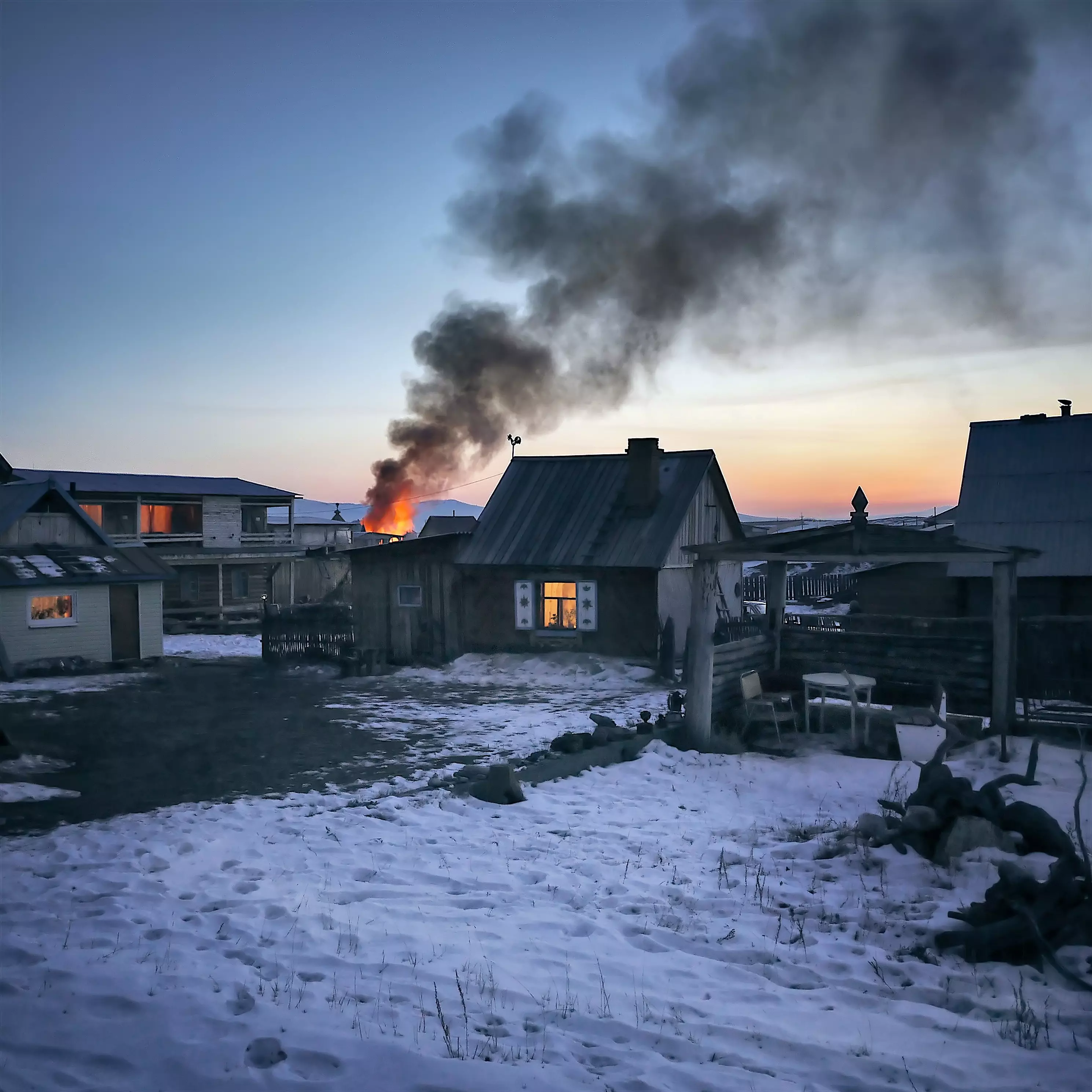Sample by My Essay Writer
The article Analysis of a fatal wind-driven fire in a single-story house is an examination of the effects that wind has on fire. It analyzes the methods that can be engaged to mitigate the spread of fire under windy circumstances. It describes the inputs and results of two Fire Dynamic Simulators (FDS) simulations. The use of the simulations is employed to show how wind changes the dynamics of the fire and the influences that this change has on the firefighter’s efforts. . [Need an essay writing service? Find help here.]

The article analyzes components such as FDS, smokeview, drawings, photography and timelines in the description of the fire that occurred in a single-story house in Texas. To begin with, the article supports the use of fire dynamics simulators in reconstructing a fire scene. Barowy & Madrzykowski (2012) prevail that Fire Dynamic Simulators (FDS) is a physics-inspired computational fluid dynamics (CFD) model which is employed to simulate thermally-driven flow by analyzing the transportation of smoke and heat from the fire. The model thus monitors the movement of fire gasses in a fire scene, which allows the firefighters to fight the fire.
Alternatively, the article supports the employ of fire-scene drawings in the reconstruction of the fire scene. The authors employed fire-scene drawings to determine ways through which victims within the home settings of a fire scene can be located and rescued by the firefighters. Essentially, the CFD model, analyzes the density, temperature, velocity and species concentration of the gasses within the drawn cells to determine whether there are victims to be rescued within the fire-scene premises (Barowy & Madrzykowski, 2012). Through the employ of the Smokeview software, firefighters can determine the immensity of the fire. Likewise, the employ of fire-scene drawings has been used to show the areas within the building where the fire is more likely to be driven by the wind. This allows the firefighters to target those areas that are open to the influences of the wind. [“Write my essay for me?” Get help here.]
The authors further employ timelines to detail the spread of fire and the efforts that were extended to mitigate it. They document the entire process and divide it into time divisions. Time documentation allows the verification of the efforts that are extended in a fire scene. It further serves as an indication of the immensity of the fire that the firefighters had to contend with. In documenting the destruction that resulted from the fire in the Texas Ranch, the authors explore the origins of the fire. Fire-scene photography is further employed to show the flow of the wind-driven fire. Furthermore, in analyzing pictures of the house before and after the beginning of the fire, the firefighters can determine the influences that the wind has on fire. The pictures show a disparity in the spread and speeds of fire in non-wind driven and wind-driven fires. The ability to deduce the influences of fire is reinforced by the use of photography.
Conclusively, the article prevails that “no-wind” and “wind” simulations serves to indicate the influences that the wind has on thermal environments to the firefighters who are trying to control fire in a one story-house (Barowy & Madryzkowski, 2012). Thus, there is need to consider wind patterns before and in the processes that are initiated by firefighters to mitigate the fire. By limiting ventilation, which is identified through the employ of FDS, the flow path of the fire gas can be managed by the firefighters. < Click Essay Writer to order your essay >
In my opinion, the authors successfully link the concept of FDS to fires. The introduction succinctly reflects the background story that inspired the authors to draft the article. The authors then proceed to define the components under discussion which allows for a reader to relate their knowledge to the authors’ sentiments. Nonetheless, I the article employs the use of technical jargon which I did not readily comprehend. Nonetheless, the formal tone employed by the authors projects their mastery and command of the subject in discussion.
Reference
Barowy, A., & Madrzykowski, D. (2012). Analysis of a fatal wind-driven fire in a single-story house. Fire Engineering, 165(6), 63-76.








